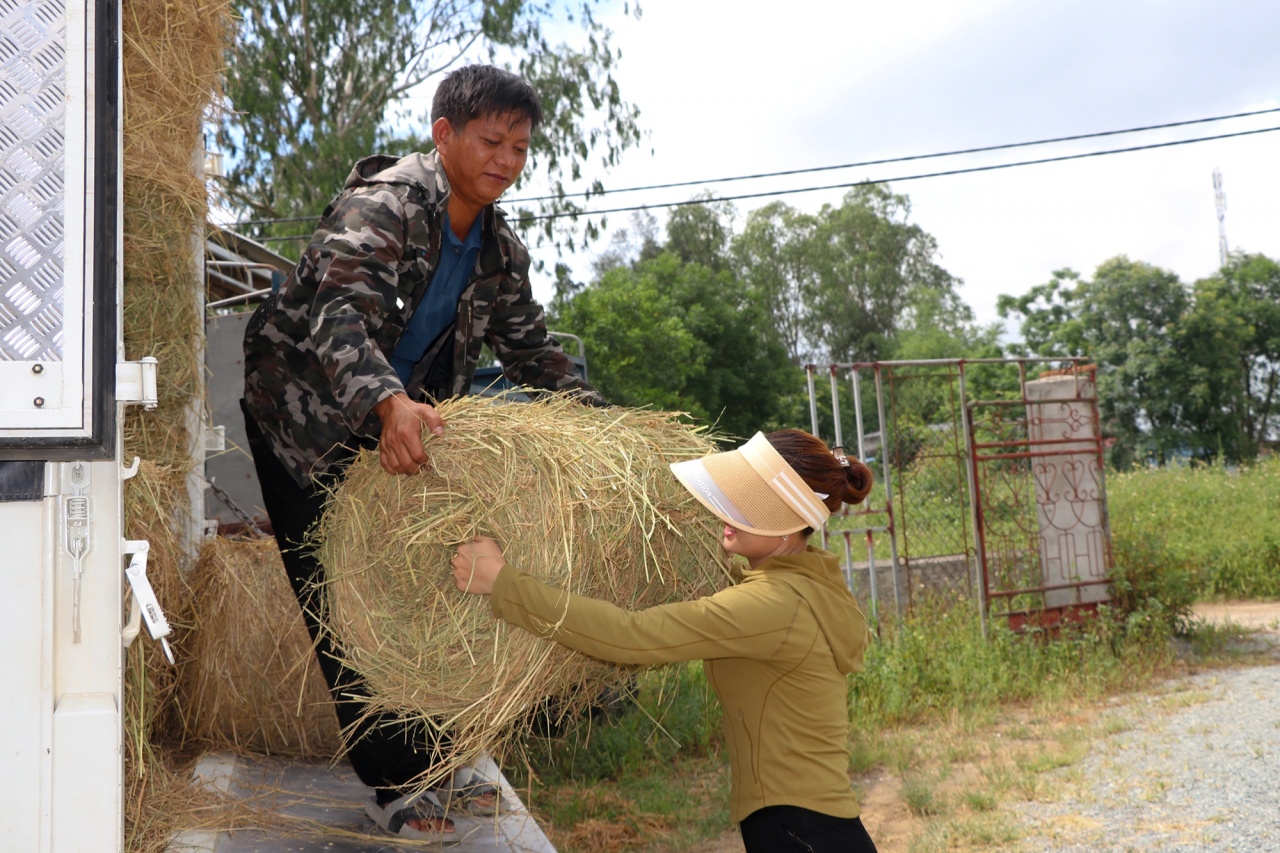
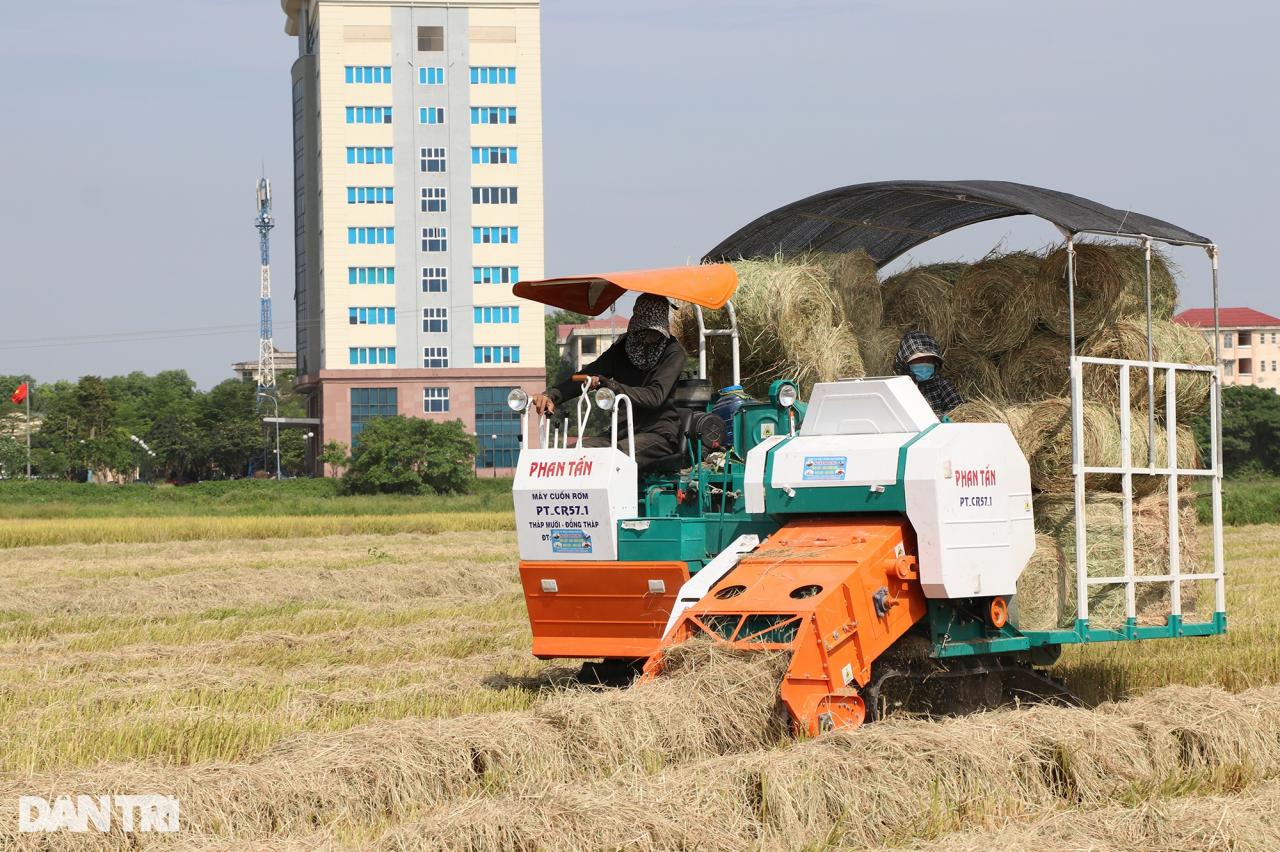
Seeing money in a discarded bag full of coins
38 years old, Hoang Van Anh (residing in Khoa Da hamlet, Hung Tay commune, Hung Nguyen district, Nghe An ) owns a fortune that many people dream of. Currently, this man owns 4 straw collecting machines, 2 trucks, a drying system and a warehouse of nearly 1,000 square meters, with a high income each year. His current property is mostly made from small pieces of straw.
Hung Tay is a purely agricultural commune, growing two rice crops a year, but that was before the Vsip Industrial Park was opened here. Now, many agricultural areas have become factories, but Anh and his wife still stick to the fields, just in a different way than before.
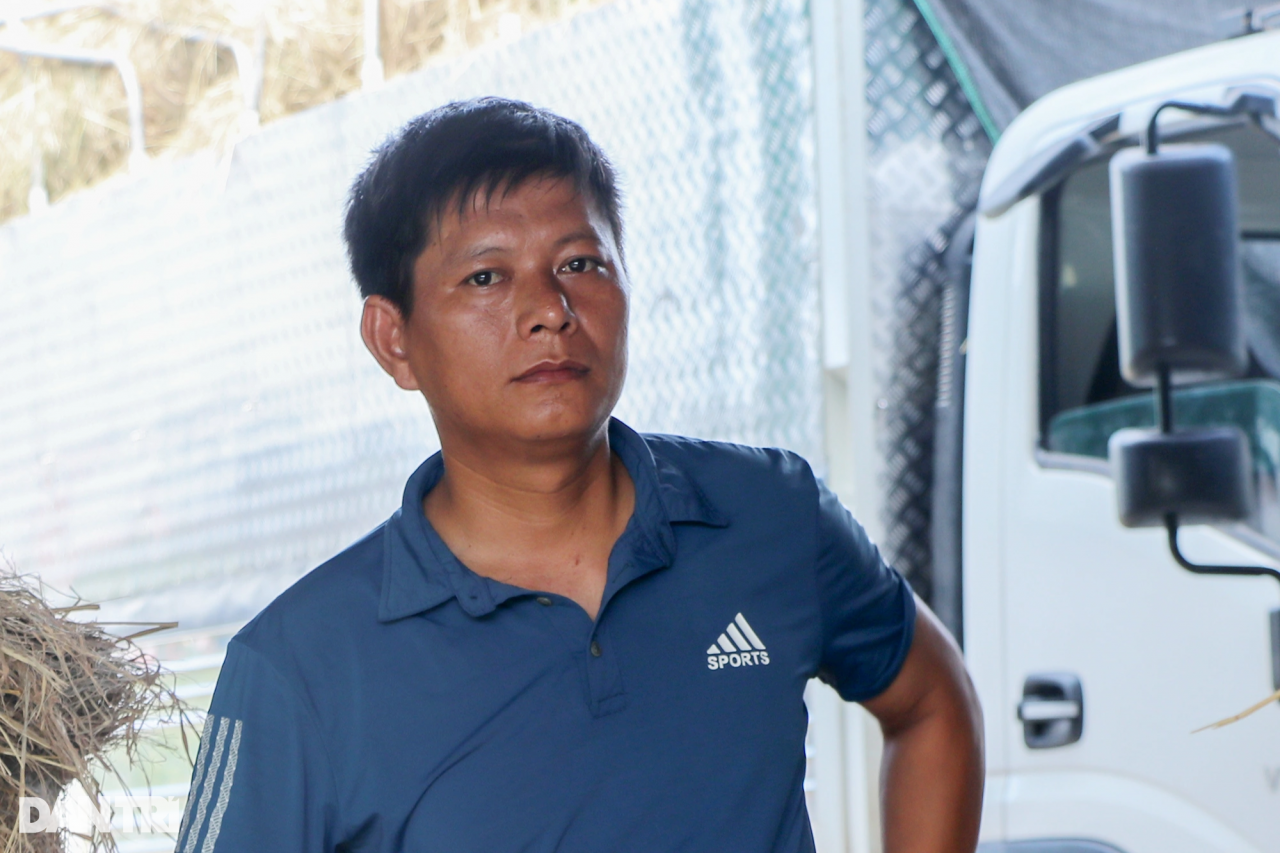
Recalling the early days of his business, Mr. Anh said that at that time, people mainly harvested by hand, then used industrial threshing machines. Mechanization increased, cattle were gradually reduced, and people had less need for straw than before. Piles of straw were thrown all over the fields, all over the roads, blocking the entire walkway. Being quick in business, Mr. Anh and his wife saw money in those discarded straw piles.
"I think it's a waste for people to throw away straw like that. In many places, people dry it and burn it, thinking that it will increase the humus content of the soil, but scientists have proven that doing so will cause soil degradation and pollute the environment. While people throw it away or burn it, many places really need straw to store for buffalo and cows. So why don't we collect the surplus from people and sell it to those in need?", Mr. Anh shared.
Anh and his wife started collecting straw in 2011. At that time, straw collection was done entirely by hand. The couple used an iron rake to rake the straw out to dry, collect it, load it onto a small truck and sell it to people in Nghi An and Nghi Duc (Vinh city) as animal feed or to keep the roots of ornamental plants moist. Each truck can carry about 800kg of dry straw, and the couple can sell it for 600,000-800,000 VND depending on the time. Compared to rice farming or other jobs, the income from straw is much higher.
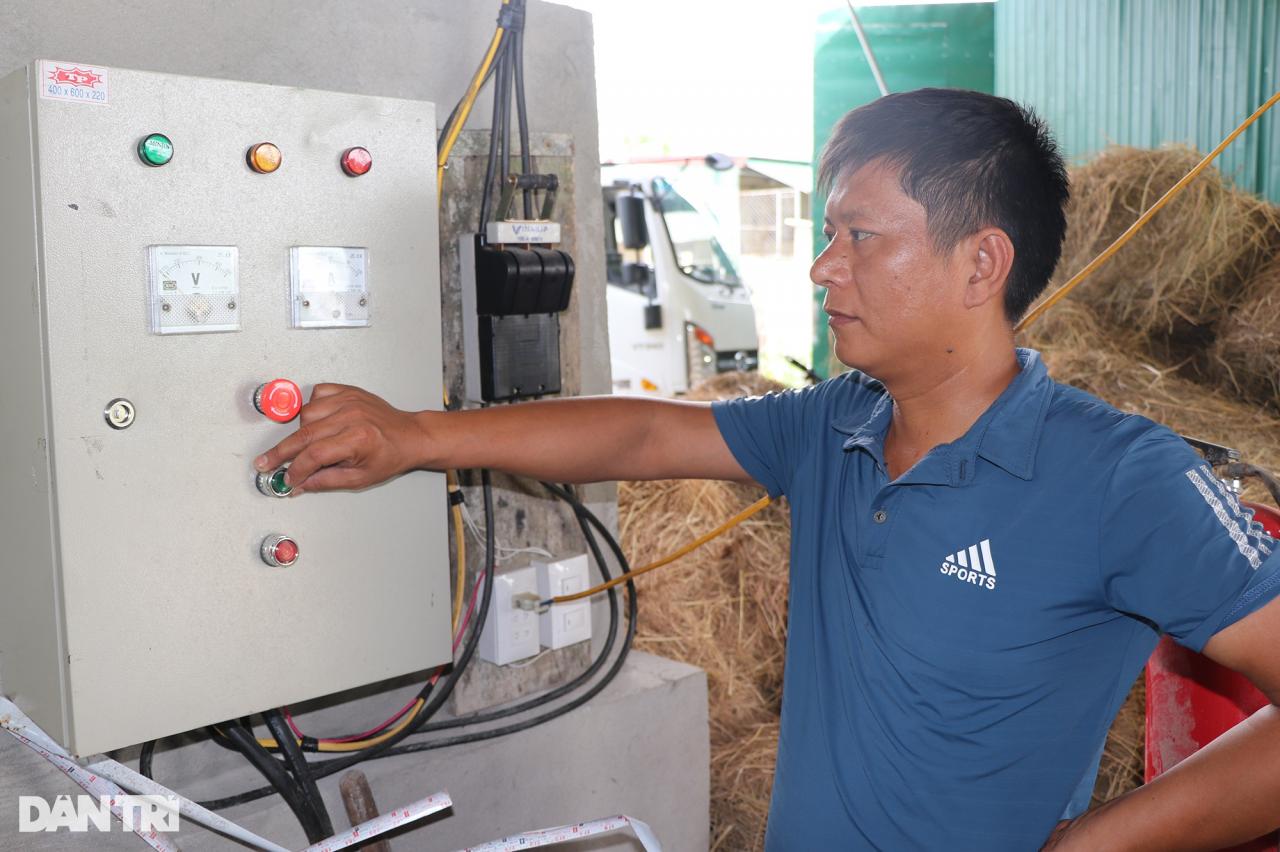
The market is expanding, partly through customer referrals, partly through Mr. Anh approaching large farms in the province. At this time, manual collection could not meet the demand, so Mr. Anh went to the South to learn about straw collection machines. After a week of "traveling", he bought a semi-automatic straw collection machine for 110 million VND. The advantage of this machine is that it can collect more and faster, but Mr. Anh had to rent an additional tractor to pull the machine. Not to mention, the straw was collected and rolled up and left right in the field, Mr. Anh had to hire more workers to carry it to the collection point.
In 2014, he invested nearly 400 million VND to buy a self-propelled rolling machine. With this machine, the work productivity is outstanding, straw is collected, rolled into rolls, pushed onto the floor, only needing one more worker to stack the straw into the bin designed to come with the machine. Thus, each collecting machine only uses 3 workers, including the operator, assistant worker and porter.
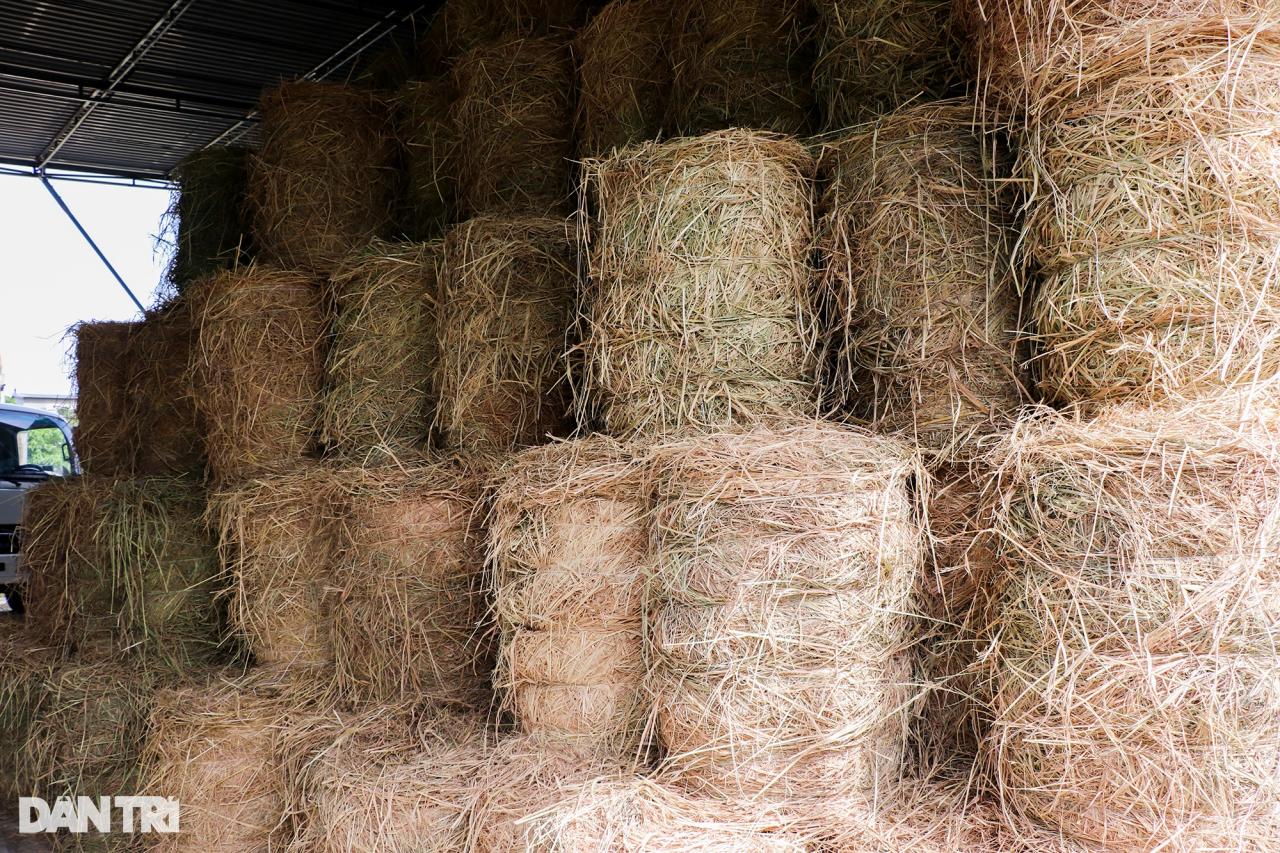
Billion dollar export orders but dare not accept
The straw collecting work of Mr. Anh and his group of workers starts from around the end of April and lasts until the end of October every year, when the spring-summer rice harvest begins and the summer-autumn harvest ends.
"The farming calendar is different in each locality and province, so after we finish harvesting one field, we move the machine to another field. When the crop season in one province ends, we move to another province. This spring-summer crop, farmers finish harvesting and prepare the land for the new crop, so each province only collects straw for about half a month. As for the summer-autumn crop, the collection time is longer, sometimes more or less a month in each province," said Mr. Anh.
After accounting for labor costs, machine depreciation, and fuel costs, each straw collector makes a profit of about 100 million VND/crop/province.

Many people throw away straw but many places sell it, so the profit depends on the field owner. According to Ms. Nguyen Thi Quynh Trang - Anh's wife, after a long time directly collecting straw with her husband, she finds this job is not without risks.
"People don't sell straw, but they ask for rolled straw. Generally, there are times when they ask for a few rolls, and I'm happy, but there are cases where the husband asks first, then the wife, and then the child comes asking. They asked so much that I got impatient and followed them home, only to discover that they brought back more straw than I had left in the field," said Trang.
One time, after finishing rolling the straw, it was already dark. They were both hungry and tired, so Trang and her husband told each other to go home and eat, and then go out to the field to pick them up later. However, after eating, they went to the field and found that the 40 neatly stacked straw rolls had... evaporated. The whole day's effort of the couple was in vain, not to mention losing money on engine oil.

In addition, this work is easily affected by unpredictable weather. One year, Mr. Anh and his group of workers and machines went to Hue to collect straw, but the continuous rain caused the trip to fail, resulting in a loss of tens of millions of dong. However, this "difficult point" has now been resolved thanks to investing in a straw drying system. Although there is an additional cost to operate the dryer, in return, the straw is dried, stored, and can proactively supply the market.
With the production scale getting larger and the consumer market constantly expanding to other provinces, Mr. Anh had to hire 22 more workers. After Nghe An and Ha Tinh, the group of people and machines "marched" to the northern provinces such as Ninh Binh, Thai Binh, Hai Duong...
The income of workers depends on the technical level they are in charge of, according to the position of mechanic, assistant worker and porter, ranging from 800,000 VND to 1.5 million VND. The job requires diligence, perseverance, good health and endurance due to high labor intensity, living almost in the field during the straw collection season. In fact, Mr. Anh's workers are all from other provinces, mainly from the northern provinces.
"Nghe An people are famous for being hard-working but still can't survive," said Mr. Anh.
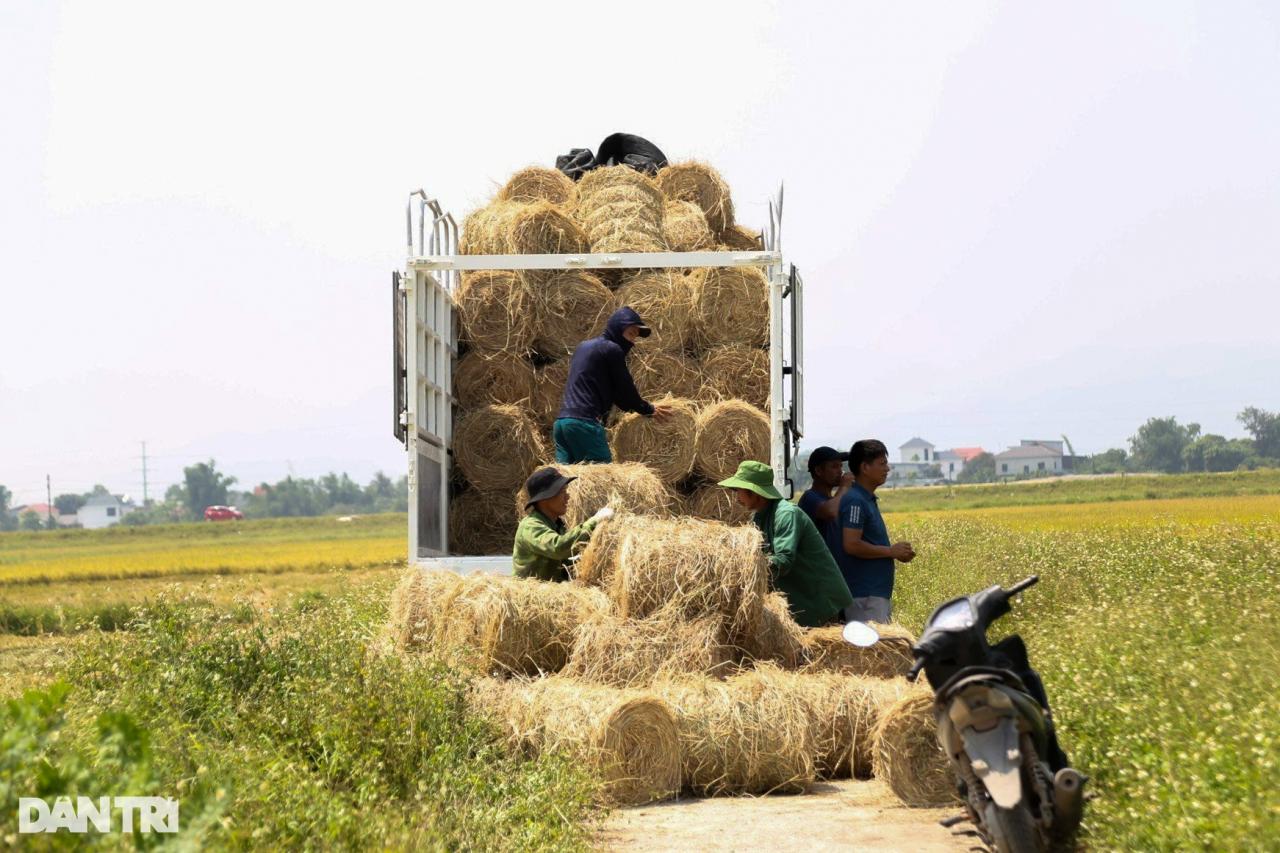
According to Mr. Anh, the consumption market of straw is very wide, used for livestock in large farms, serving mushroom production, growing many other types of plants. His facility only supplies straw to large orders or agents. On average, each year, the straw collection activity lasts 6-7 months but the straw source is not enough to supply the market.
"No matter how much straw there is, it will all be sold. I'm just afraid there won't be any left. I've received orders worth billions of dong from Korea, Japan... but I don't dare accept them because the straw source is not stable for export," said Mr. Anh.
Currently, Mr. Anh is investing in more pressing machines to save storage space and increase the value of straw. "Normally, a roll of straw delivered to your door costs 40,000 VND, but during Tet or rainy weather, it can go up to 50,000-60,000 VND/roll," said the 8X owner.
June 2, 2023
Dantri.com.vn



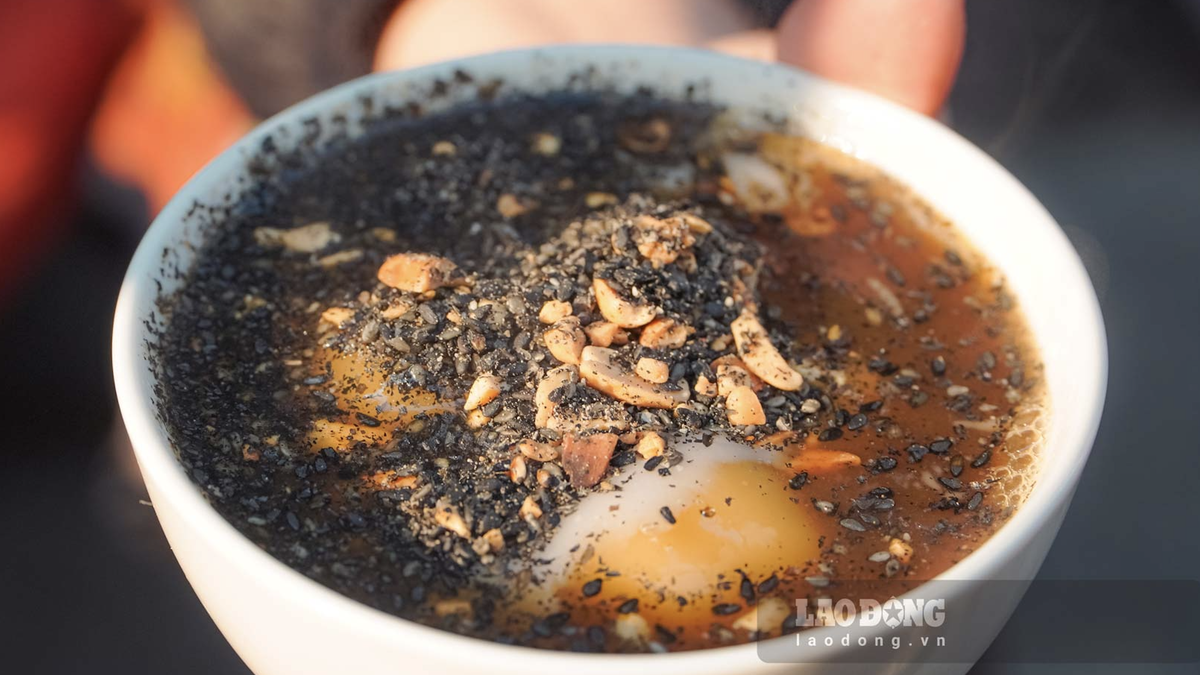
![[Photo] President Luong Cuong receives heads of delegations attending the signing ceremony of the Hanoi Convention](https://vphoto.vietnam.vn/thumb/1200x675/vietnam/resource/IMAGE/2025/10/25/1761377309951_ndo_br_1-7006-jpg.webp)
![[Photo] General Secretary To Lam receives United Nations Secretary-General Antonio Guterres](https://vphoto.vietnam.vn/thumb/1200x675/vietnam/resource/IMAGE/2025/10/25/1761376410088_a1-bnd-4607-5891-jpg.webp)
![[Photo] President Luong Cuong and United Nations Secretary-General Antonio Guterres chaired the signing ceremony of the Hanoi Convention.](https://vphoto.vietnam.vn/thumb/1200x675/vietnam/resource/IMAGE/2025/10/25/1761370409249_ndo_br_1-1794-jpg.webp)



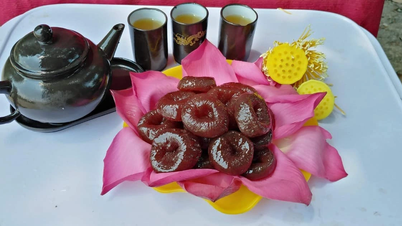













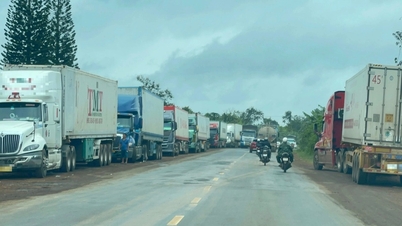

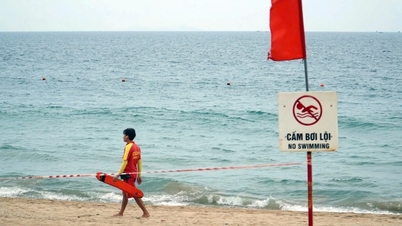






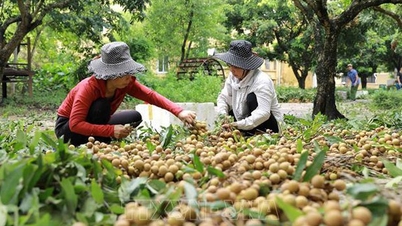





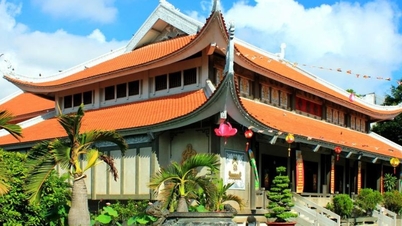








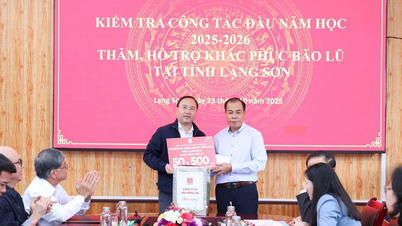





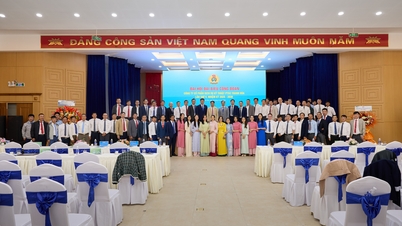

























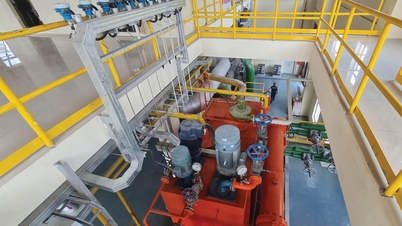



















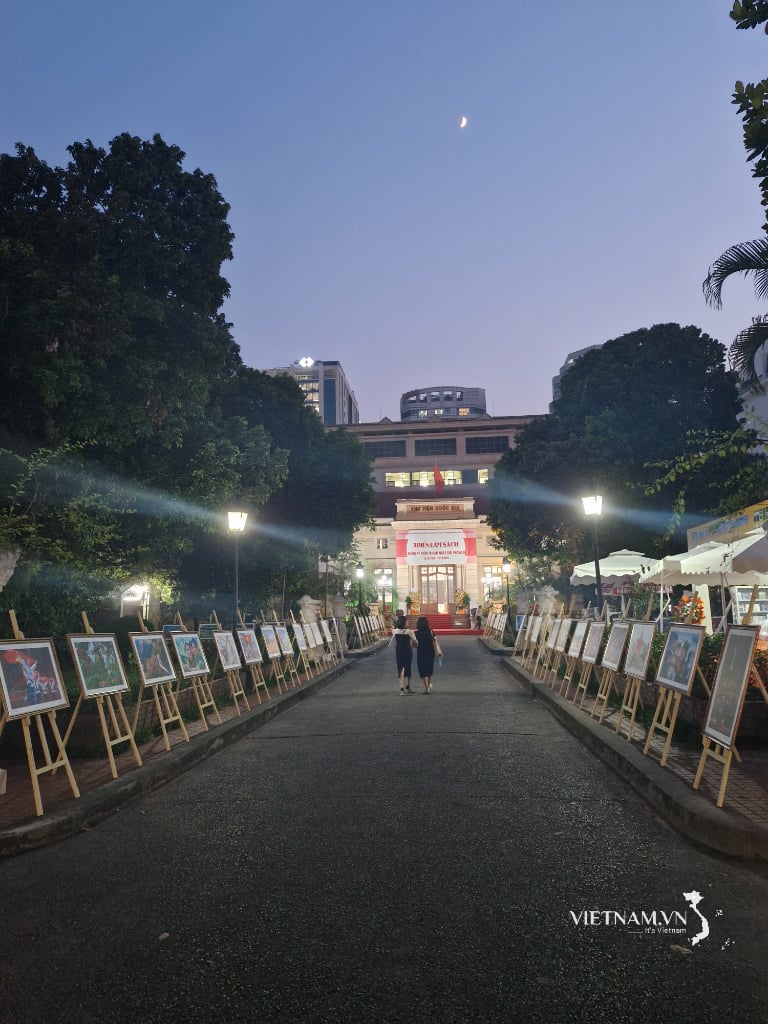

Comment (0)